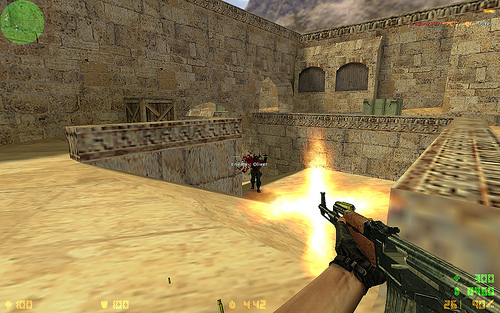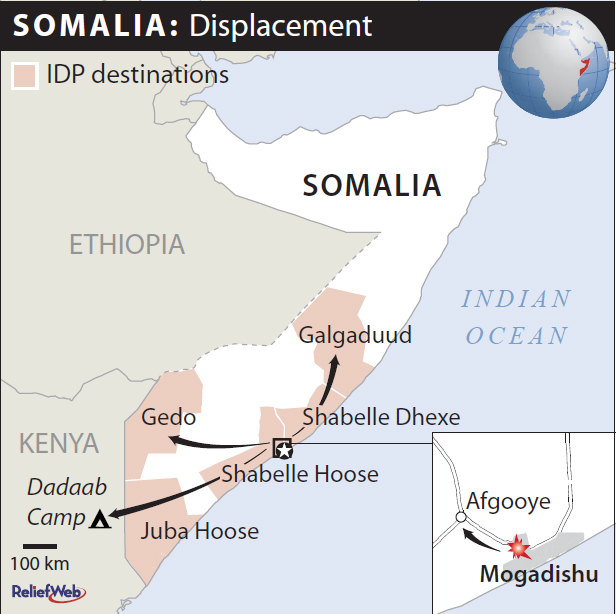
In five weeks from now I will be moving to Mexico.
They say there is no place like home – and indeed, the state of things will be very different from what I know in Switzerland.
People not finding themselves under extraordinary circumstances emigrate because they want a lifestyle that can be best accomplished in their country of destination.
But I guess thoughts about lifestyle and how to best accomplish it would require deeper consideration – especially when it comes to accomplishing it in a country we associate with drug violence, economic problems and …swine flu. I will avoid going deeper and offer simply a brief reflection about the recent Mexican elections.
Has the country reinstitutionalized the revolutionary myth? The Institutional Revolutionary Party (PRI) took power for the first time 80 years ago, enjoyed seven decades of domination, and has now accomplished a successful comeback. Therefore, I cannot help associating the PRI with the country’s authoritarian past.
When I go back and read James M Malloy words from 1977 about authoritarianism in Latin America, I can only hope that the described states of affairs would not still apply today:
“Mexico’s political system is characterized by patrimonially controlled participation exercised by the political elite based on the underlying assumption of privilege rather than right. (…) The decision-making process is legitimated by massive support from precisely those sectors of society that participate least in the distribu¬tion of benefits: labor, peasants, and Indians. For more than forty years the Party (PRI) has maintained this monopoly by preempt¬ing and institutionalizing the revolutionary myth and by creating for itself an image as the key component of an indissoluble trinity composed of Party, government, and political elite.”
However, things have changed during the past 30 years since Malloy’s writings.




